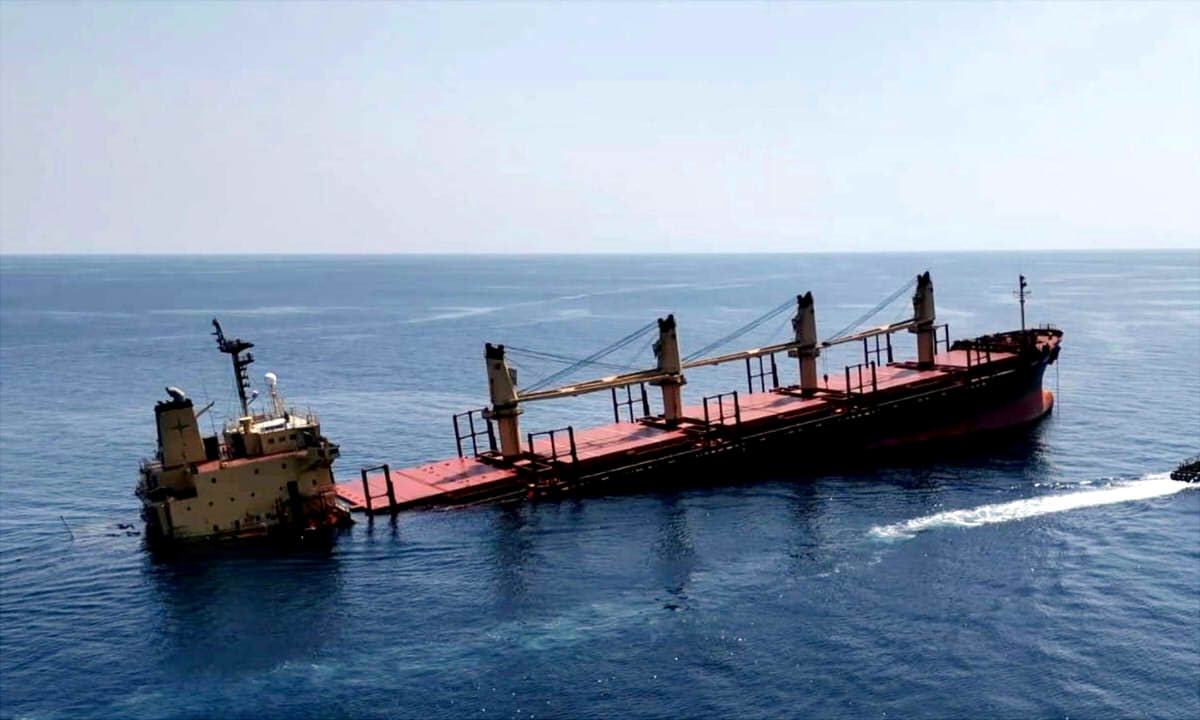Three submarine cables in the Red Sea, that provide global internet and telecommunications services, have been cut, The Associated Press reported on 4 of March. These cables include the Asia-Africa-Europe 1, el Europe India Gateway, Seacom y TGN-Gulf, and affect approximately 25% of Red Sea data transmission volume. The disruption has caused concerns as the Red Sea is a vital route for transporting goods and energy from Asia and the Middle East to Europe., as well as for data transmission from Asia to Europe.
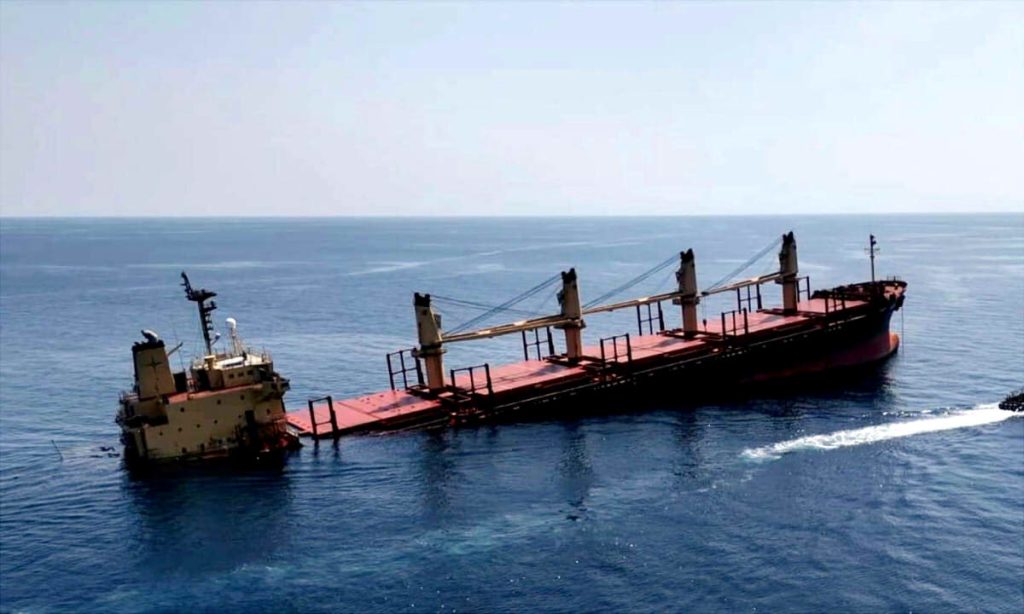
Table of Contents
- Houthis Deny Attack on Underwater Cables
- Impact on Communications
- The Cut Cables
- The Vulnerability of Underwater Cables
- The Uncertain Future of Seabed Infrastructure
Houthis Deny Attack on Underwater Cables
Yemen's Houthis have launched attacks on this important sea lane, although they deny having attacked the submarine cables. These attacks aim to pressure Israel to end its war against Hamas in the Gaza Strip.. The consequences of damaging telecommunications lines could escalate the crisis to several months.
It is unclear what caused the cables to cut., and although the Houthis do not have the diving or rescue capacity to directly attack the cables in the sea, they may have been cut by anchors from ships affected in the attacks. High shipping traffic and shallow seabed in many parts of the Red Sea could have contributed to the damage.
Already in January 2024, The Houthis had threatened to cut Red Sea undersea cables if the United States and the United Kingdom attacked Yemeni airports again.. Interruptions in internet access observed by NetBlocks in Djibouti in February could be related to these events.
Impact on Communications
HGC Global Communications, based in Hong Kong, and other companies involved have begun to reorganize traffic and take corrective measures. Nevertheless, some lines of communication have already been interrupted, as indicated by Seacom, whose affected line is within the maritime jurisdiction of Yemen. Tata Communications, behind the Seacom-TGN-Gulf line, has invested in several cable consortia to increase diversity and ensure service continuity in the event of outages.
The submarine cable expert, Tim Stronge, points out that there is 14 cables crossing the Red Sea, with others 6 in planning. More than 90% of communications between Europe and Asia pass through these submarine optical cables. Fortunately, telecommunications operators have established high redundancy in the system.
The Cut Cables
Asia-Africa-Europe 1 (AAE-1)
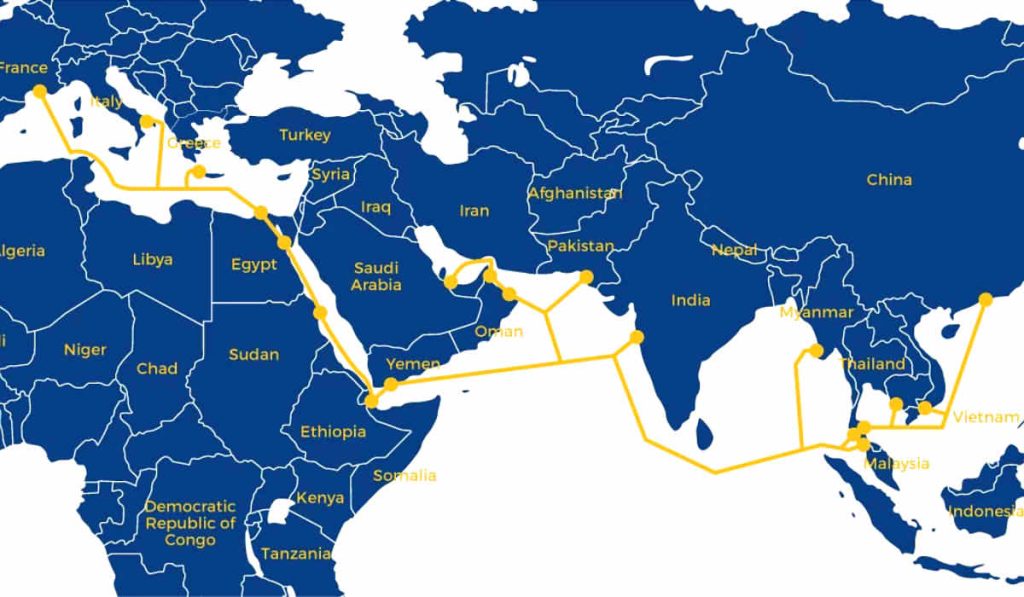
El Asia-Africa-Europe 1 (AAE-1) is a submarine cable system that spans 25,000 km, connecting Southeast Asia with Europe through Egypt. This link crosses important points from Hong Kong to France, passing through Vietnam, India, and other key countries. Implements 100Gbps transmission technology, offering a minimum design capacity of 40 Tbps. AAE-1 stands out for its low latency between Hong Kong, India, Middle East and Europe, thanks to its diversified land routes and connections to strategic points of presence in Asia and Europe.
Europe India Gateway (EIG)
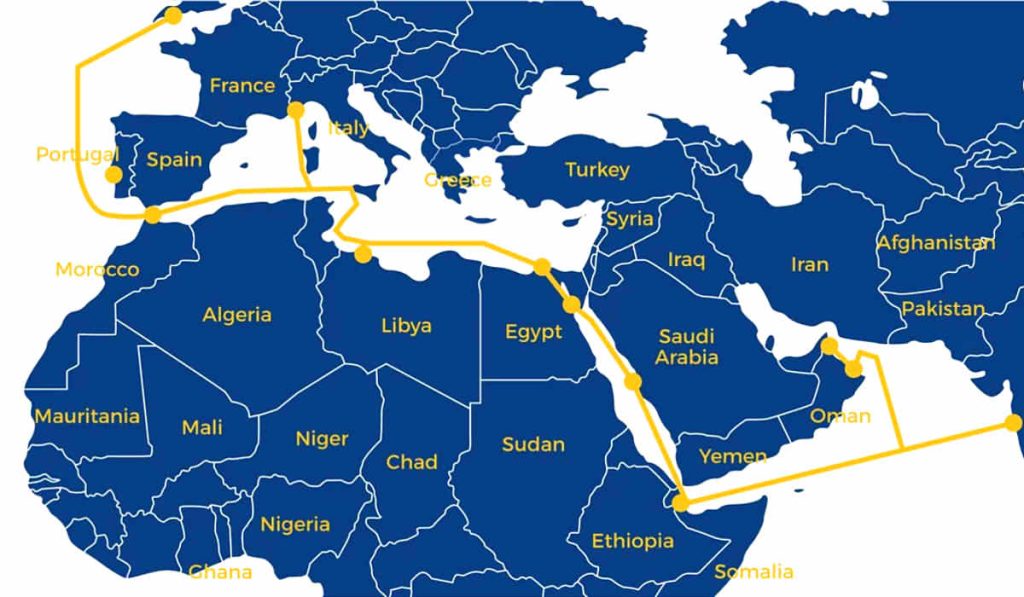
The EIG cable system is an international fiber optic submarine cable of 15,000 kilometers that link the United Kingdom, Will be, with Gibraltar, Portugal, Monaco, France, Libya, Egypt, Saudi Arabia, Yibuti, Oman, United Arab Emirates and India. EIG is the first high capacity cable system (3.84 terabits per second) using dense wavelength division multiplexing technology connecting the UK to India across the Mediterranean Sea.
Seacom y TGN-Gulf
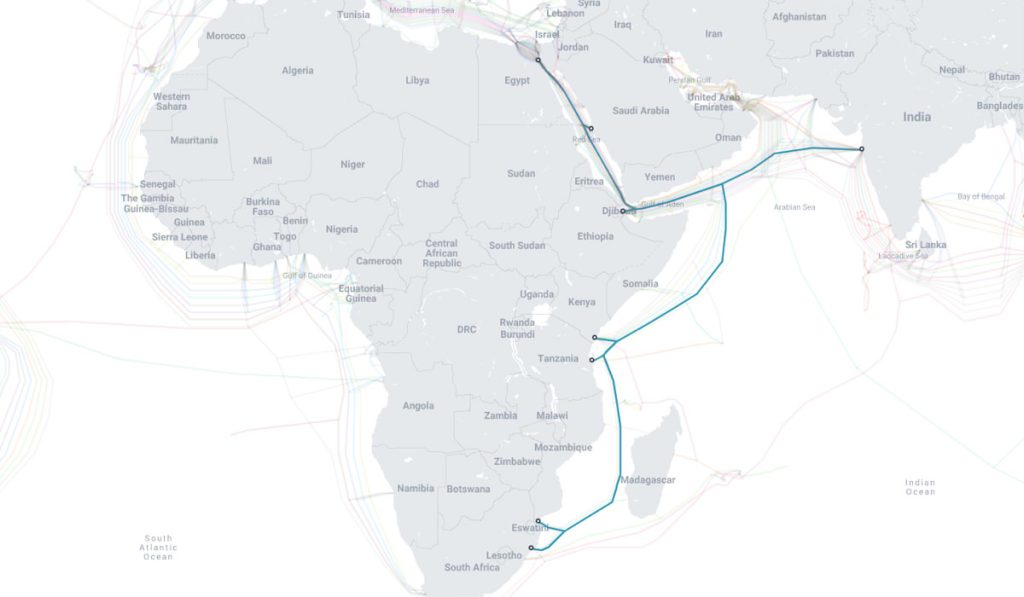
SEACOM is a submarine cable 17,000 km connecting South Africa, Kenya, Tanzania, Mozambique, Yibuti, France and India. SEACOM and TGN-EA are a common cable in some segments.
TGN-Gulf is a submarine cable 4,031 km that connects Oman, United Arab Emirates, Qatar, Bahrain and Saudi Arabia. It is led by Tata Communications. TGN-Gulf connects to a TGN-EA branch unit near Oman, forming connections towards Mumbai, India and Europe.
The Vulnerability of Underwater Cables
Currently, the 95% of the world's data is transmitted via undersea cables. These cables serve as the pillars of the communication infrastructure world. The interruption of these lines can have significant economic consequences and disrupt the daily activities of millions of people.. The Red Sea incident highlights the fragility of these vital connections.
Security Challenges
Underwater cables face both physical and cyber threats. Physically, are exposed to damage from ship anchors, fishing nets, natural disasters and acts of sabotage or armed conflicts. Cybernetically, attacks targeting cable landing stations can disrupt or intercept data, posing significant risks to privacy and information security.
The location of submarine cables also exposes them to geopolitical vulnerabilities. Strategic routes pass through areas prone to conflict or under the control of authoritarian regimes, increasing the risk of state intervention or terrorist attacks.
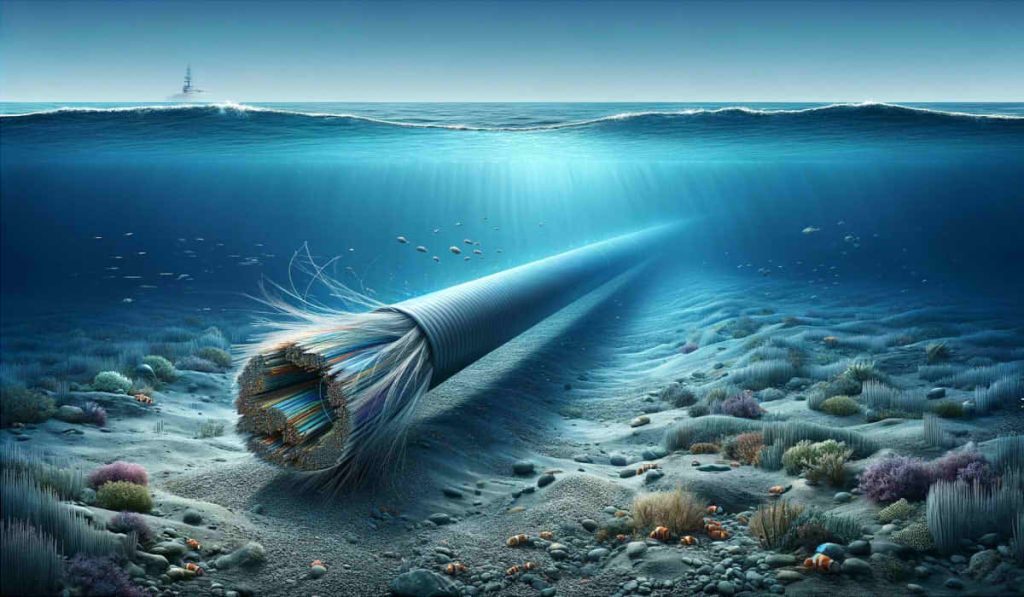
Protection Strategies
Improved Surveillance and Monitoring
Increasing surveillance and monitoring of submarine cable routes is essential to detect and prevent threats. The adoption of advanced technologies, such as satellite surveillance and underwater drones, can help identify suspicious activities or dangerous conditions in time.
International cooperation
Protecting submarine cables requires strong international cooperation. Countries must come together to establish common security protocols and rapid response mechanisms for incidents. Collaboration on intelligence and resources is vital to effectively confront threats.
Diversification and Redundancy
To minimize the impact of interruptions, It is crucial to diversify cable routes and ensure redundant systems. This implies a significant investment in the construction of new cables and the search for alternative routes to guarantee the continuity of the service..
Cybersecurity Awareness and Training
Continuing education in cybersecurity for cable companies and operators It's fundamental. Implementing robust security practices and collaborating with experts in the field can improve protection against attacks targeting these critical infrastructures..
The Uncertain Future of Seabed Infrastructure
The situation in the Red Sea serves as a reminder that, in the digital age, Physical infrastructure remains a critical link in the global communication chain. Protecting these assets and ensuring service continuity in the midst of conflict and natural disasters is a global challenge that requires international cooperation and innovative solutions.. Currently, the situation in the Red Sea worsens further, and seabed infrastructure remains at high risk.

